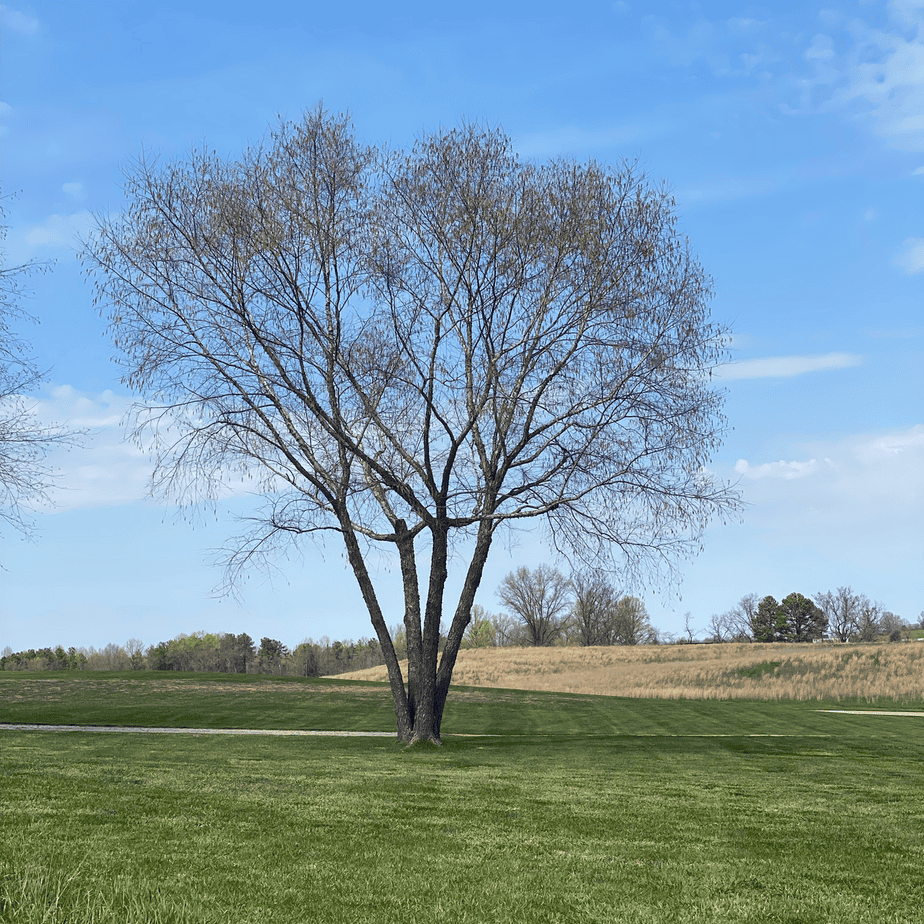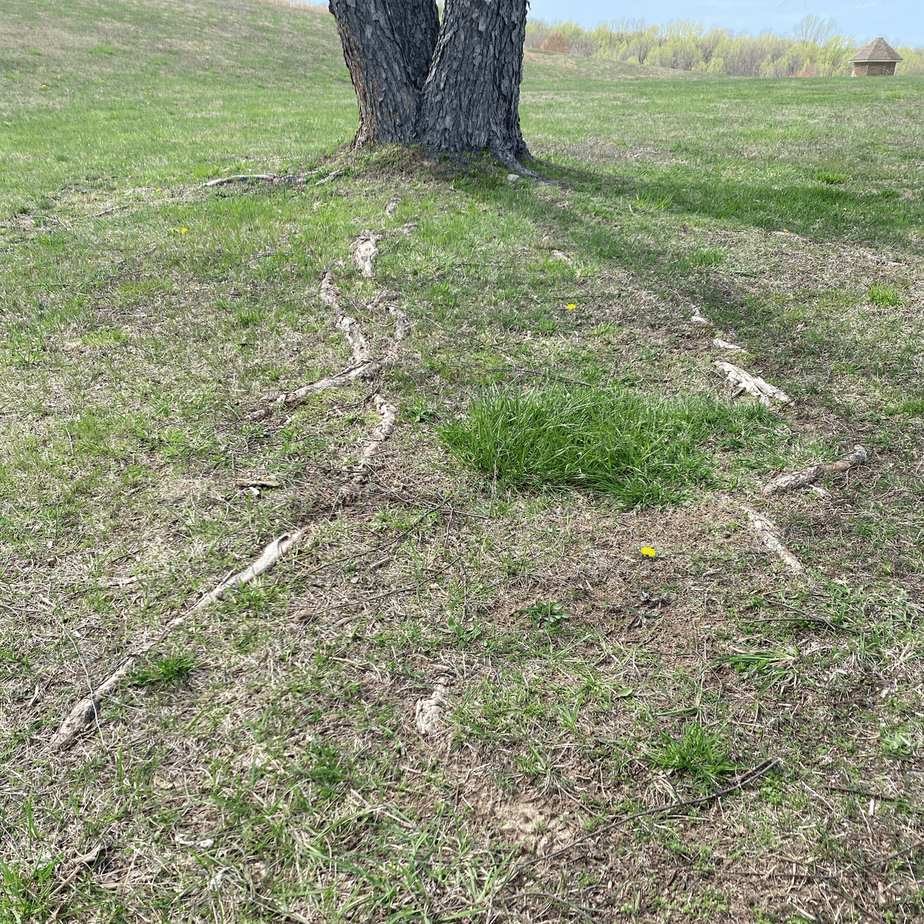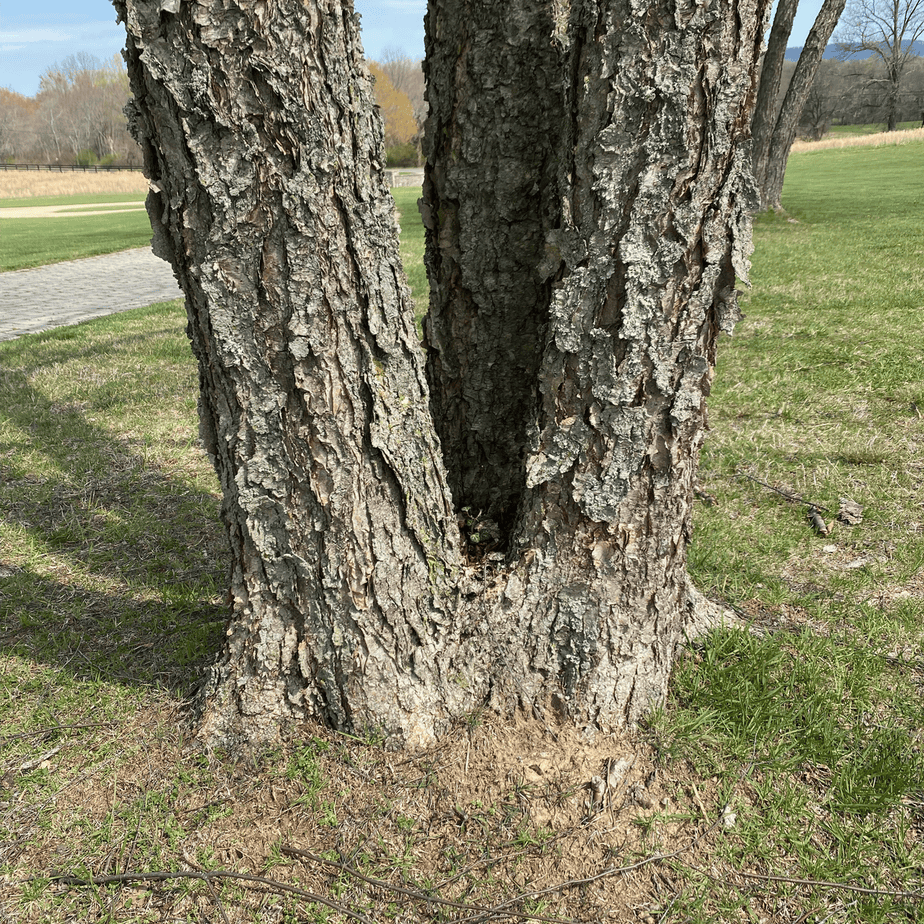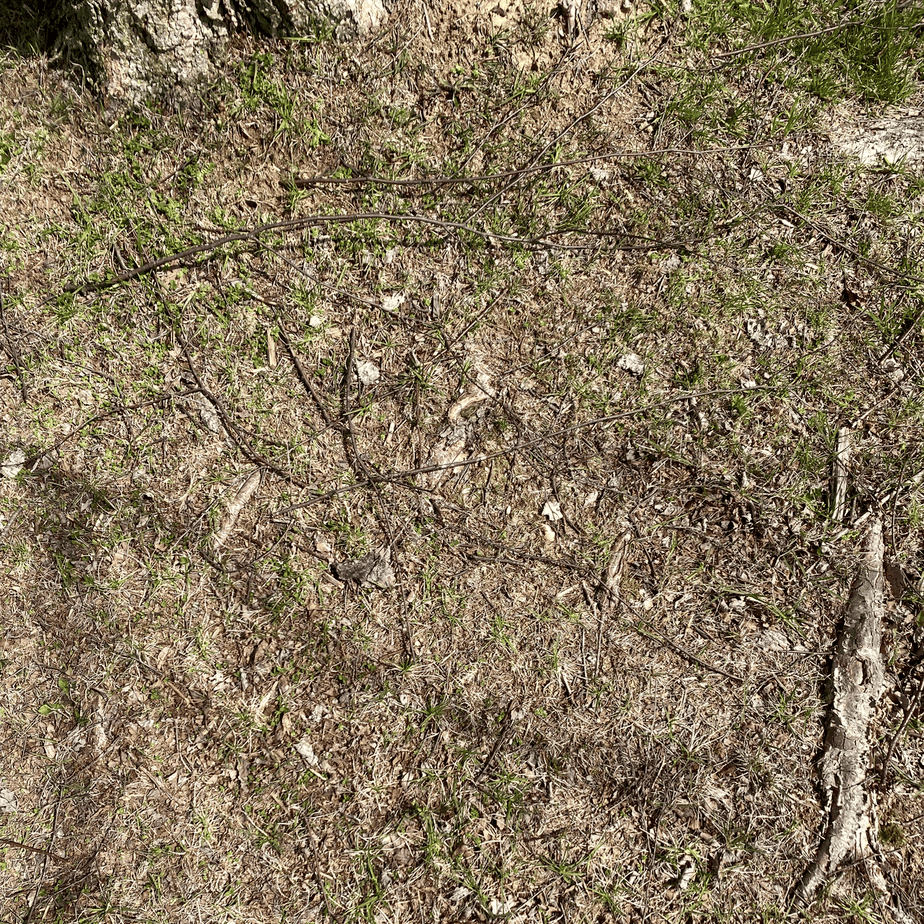River Birch are one of those trees that are probably recommended by landscape architects quite frequently. They possess some unique characteristics, and they are aesthetically pleasing to the eye. Read on to find out the pros and cons of choosing to plant River Birch trees.
General Characteristics of River Birch Trees
According to the USDA NRCS Plant Fact Sheet, River Birch are deciduous, perennial trees. They grow to between 40 to 70 feet tall. Usually, they are multi-trunked with several leads originating from the ground at the same spot. They have flowy, slightly weeping branches. The simple leaves are alternate with pinnate venation. It is monoecious meaning that it has both male and female flowers on the same plant. The fruit is basically a one seed winged structure.
Reasons to Choose River Birch
River Birch trees have lots of positive characteristics. First, their bark is different than a typical hardwood. It curls and peels, making it unique and visually interesting. Second, its branches are long and flexible. They easily flow in the wind. Third, these trees are relatively fast growing. Fourth, River Birch tolerates a variety of soil and moisture conditions. Also, they have beautiful yellow leaves in the fall. Finally, no insect pests are serious threats. Plus, they are not a favorite of deer, which makes them relatively easy to establish in areas with a high density of deer.
Considerations Before Planting
If you have a beautifully manicured landscape, these are probably not the best choice for you. River Birch have long, wispy branches. As a result, they are messy trees. Even when thinned and trimmed yearly, they drop a lot of branches. Enough that to keep the area clean, and grass growing, it needs to be raked regularly. Trees with multiple leads can be prone to failure. When numerous leads originate from one point, one can fail, making the others more prone to failure. However, some of this risk can be eliminated by cabling the leads together. This is just something to consider. Finally, River Birch roots rise to the surface. These above ground roots make it difficult to mow around and under the canopies. All of these things make River Birch more maintenance heavy than some other choices.
In the end, none of these characteristics are deal breakers. They are just things to be aware of. In a bed or natural area, these trees are a lovely addition to any landscape. If you have a gardener to maintain them, they are also nice!



